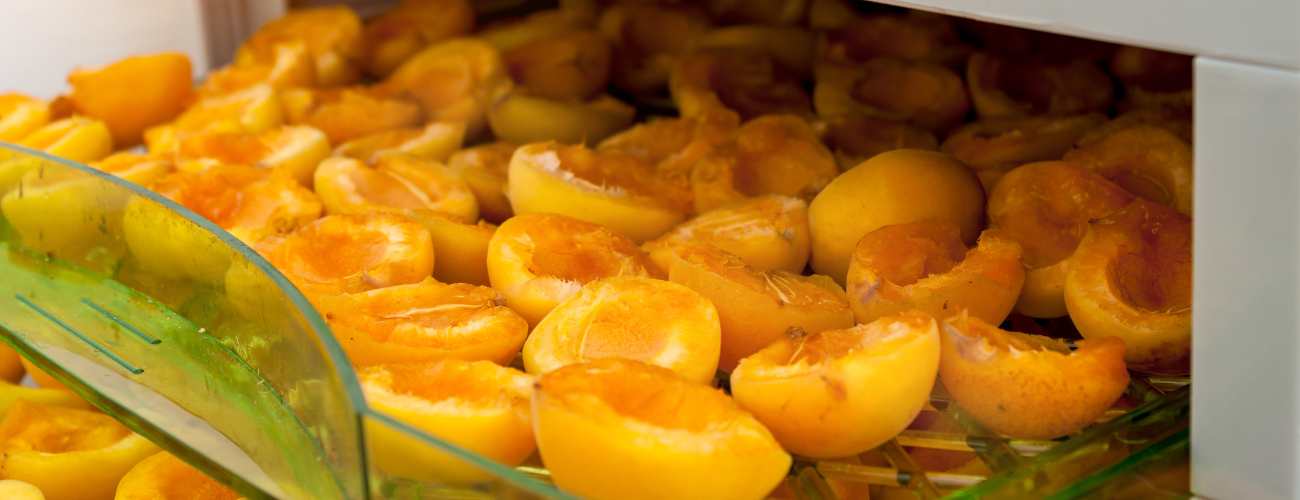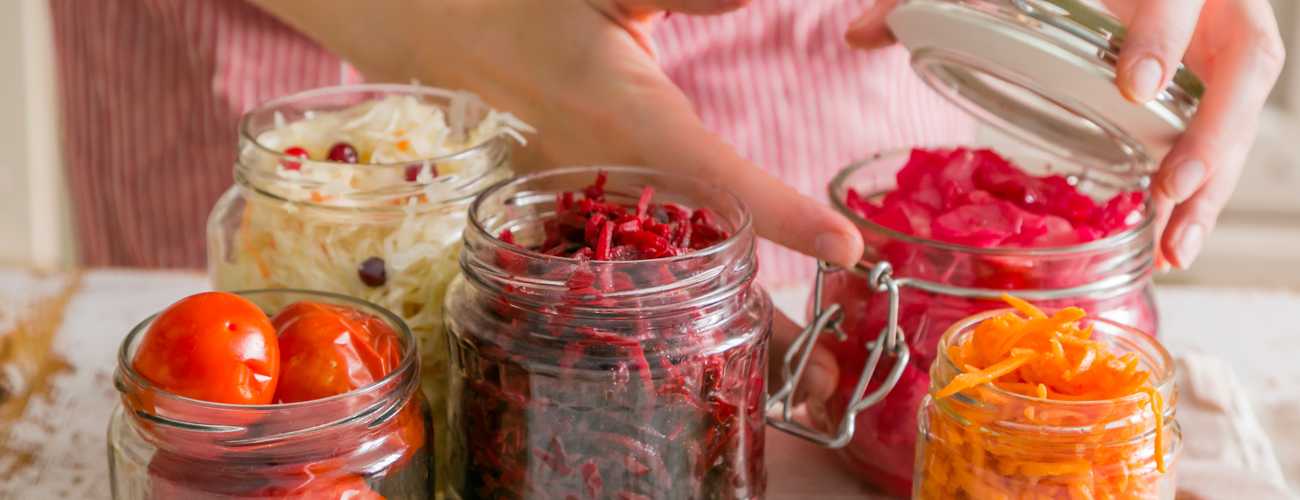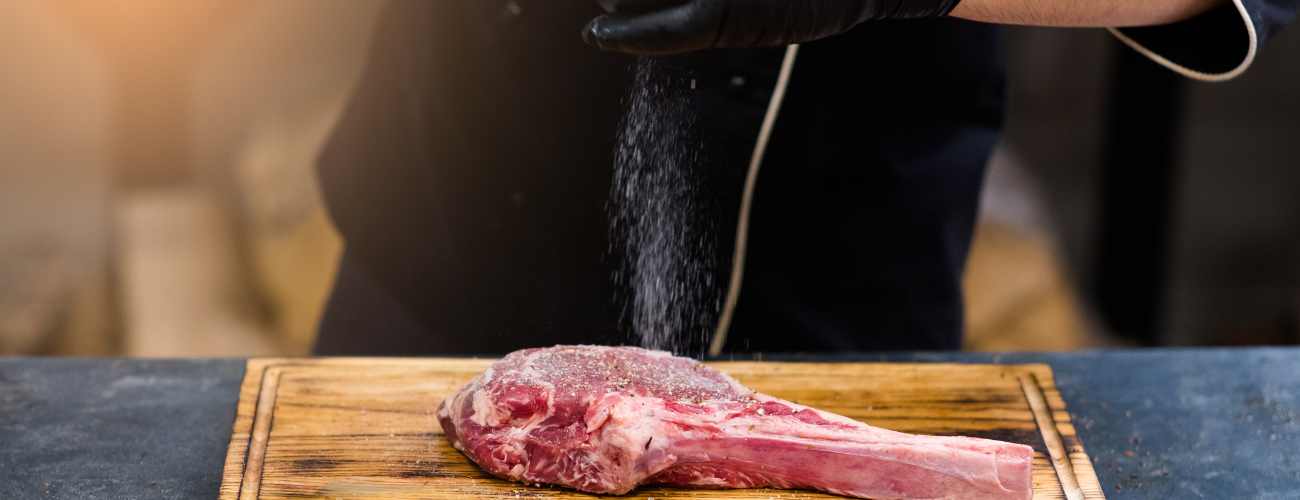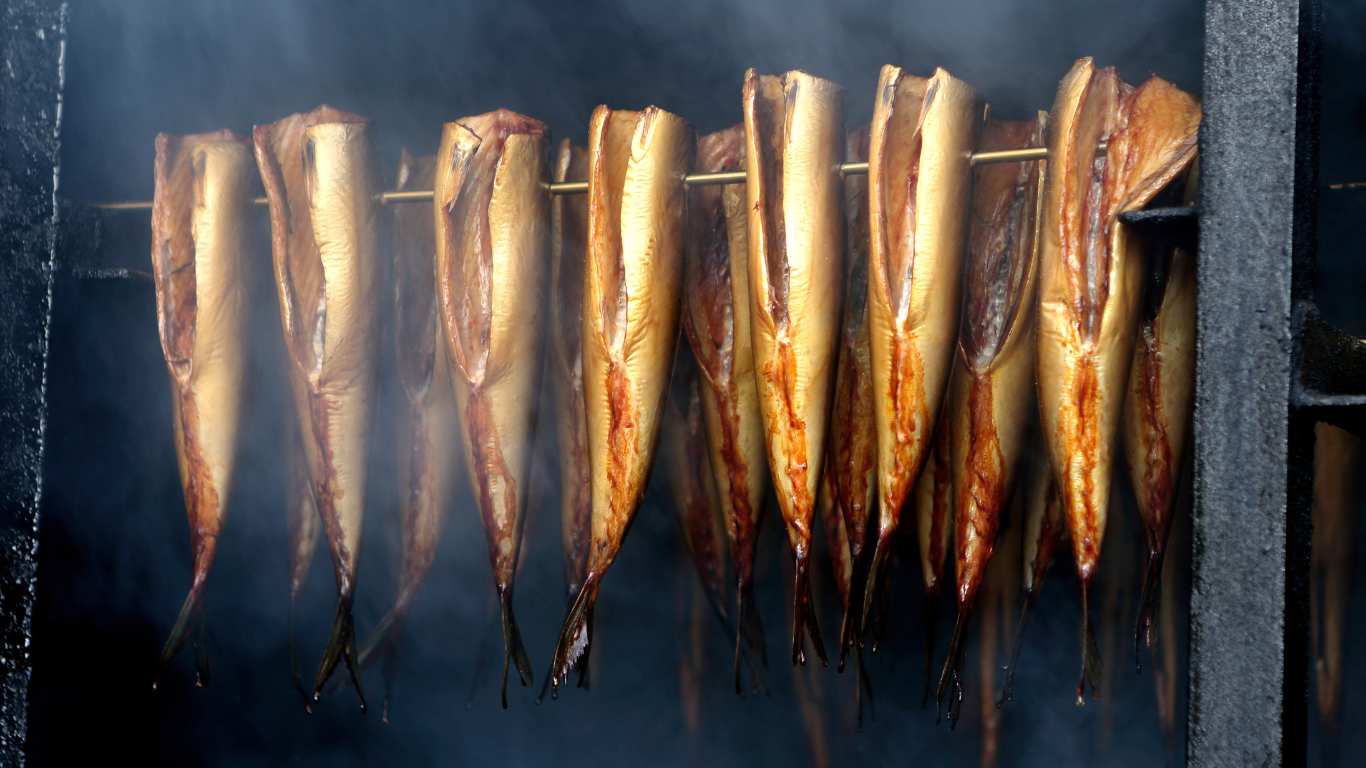Are you one of the many individuals in search of natural ways to keep your food fresh and free of preservatives for your loved ones? Well, get ready for a culinary adventure as we delve into the fascinating world of indigenous food preservation techniques.
We’ll uncover their rich history and delve into the modern applications of these tried-and-tested techniques, each as natural as a sun-kissed apple, to ensure your food remains as fresh as the morning dew.
1. Smoking: Where Preservation Meets Flavour
Smoking food is like a time machine. It’s not just about keeping food fresh; it’s also about elevating its taste to a whole new level. For centuries, indigenous communities harnessed the power of smoke to extend the shelf life of their culinary creations while infusing them with that distinctive smoky essence.
Imagine the alluring aroma of smoked fish, meat, or vegetables – all perfectly preserved without a hint of chemicals. It’s the wisdom of our ancestors teaching us that smoke isn’t just a preservative; it’s a flavour enhancer.
Today, you can recreate this age-old magic in your own backyard. Start by building a fire and allowing it to smoulder, releasing that coveted smoke. Suspend your meat or veggies above the smoky abyss using a canvas or similar material to capture that enchanting essence.
Or, for a more controlled experience, invest in a smoker or grill. Timing is crucial when it comes to smoking; it varies depending on what’s on the preservation menu. Meats may require several hours, while veggies need less time. The telltale signs of readiness are a rich, smoky flavour and a mouthwatering hue. Experience is your greatest ally in determining the perfect moment to savour the delicious results.
Remember, when preserving meat, ensure it reaches a safe internal temperature to thwart any unwelcome bacteria. For precise smoking times and temperatures, don’t forget to consult specific guidelines and recipes.
If you would like to learn more about preserving meat, I encourage you to read my blog on 5 best natural methods for preserving meat at home. If you are more into preserving veggies, check out my blog on 5 natural vegetable preservation methods to learn about.
2. Simple Food Preservation by Drying
Drying food is like a whisper from Mother Nature herself. Indigenous cultures were the pioneers of air drying or sun drying their bounty, allowing nature to work her magic. The result? Compact, lightweight food that could be stored for months or even years, with no chemical additives required.
Picture this: indigenous communities, hanging their fruits and veggies under the warm sun, engaging in lively conversations. The sun and wind join forces, transforming their harvest into a delectable treasure. It’s space-saving, lightweight, and completely free of chemicals.
In our modern world, food dehydrators have become our trusty sidekicks for drying. They mimic the sun’s natural process, preserving flavours and nutrients. These preserved items are ideal for healthy snacking, salad embellishments, or crafting your signature trail mix. Dried fruits like apricots and figs bring a touch of luxury to your breakfast table, while sun-dried tomatoes infuse your pasta dishes with an irresistible burst of flavour.

3. Preserving by Fermentation: Natural Probiotics
Fermentation isn’t just about preserving; it’s about hosting a probiotic party in your gut. Indigenous wisdom unveils the secret that beneficial bacteria and yeasts can transform ordinary food into probiotic-rich delights. Think yoghurt, kimchi, sauerkraut, and sourdough bread – they’re more than preserved; they’re teeming with gut-friendly probiotics. These little powerhouses support digestion and overall health, making fermented foods a valuable addition to your diet.
Imagine you’re a guest in an indigenous kitchen, watching a grandparent craft a batch of fermented wonders. Cucumbers and cabbage are submerged in a brine solution, and nature’s own bacteria are invited to work their magic. The conversation revolves around the importance of non-chlorinated water for the brine, as chlorine can be the party pooper that hinders the fermentation process. For added excitement, herbs, spices, or garlic join the fermentation fiesta.
The duration of fermentation will depend on your taste preference. Some prefer a quick waltz, ready in as little as 5 to 7 days, while others opt for a slow, sultry tango, fermenting for several months, resulting in an intensely tangy flavour. Don’t forget to “burp” the jars every few days to release built-up gases and prevent any jar explosions. Once the lid pops open, store your fermented treasures in the refrigerator to keep them fresh and tangy. It’s like having your personal probiotic condiments at your fingertips.

4. Pickling: Nature’s Flavourful Preservation
Pickles are more than just crunchy snacks; they’re like the quirky friend who spices up the party. Indigenous people knew how to jazz up their produce, storing them in jars that were like miniature flavour factories. The art of pickling has been a culinary tradition for generations, offering a way to savour the harvest’s bounty long after the season ends.
Imagine a bustling kitchen where indigenous folks gather to create their pickled masterpieces. Fresh produce takes a dip in a brine or vinegar solution, often infused with aromatic herbs and spices. As the veggies soak up the magic, they acquire these fantastic flavours. Pickled cucumbers take on the zesty crunch of dill and garlic, while pickled beets boast a sweet and earthy tang.
In our modern world, you have the freedom to experiment with pickling just about anything, adding a zesty twist to your salads or sandwiches. From classic dill pickles to unconventional picks like onions, carrots, or cauliflower, the possibilities are endless. These homemade pickles offer not only a delightful burst of flavour but also a dose of gut-friendly probiotics. The fermentation during pickling encourages the growth of beneficial bacteria, contributing to a healthy digestive system.
5. Food Preservation by Salting
Salting your food is like giving it a savoury makeover with a dash of history. Indigenous communities were the original salt sorcerers, using salt to cure meats, fish, and other perishables, ensuring they remained safe to consume for extended periods.
Imagine an ancient kitchen with an elder sharing the art of salting and curing. They’d draw moisture out of the food, creating not just preserved items but savoury delights. The process was a cherished tradition, ensuring that delectable treats like bacon, gravlax, or salt-cured hams were always at hand, without the need for synthetic preservatives. These preserved meats were like flavour explosions on charcuterie boards, and homemade salt-cured fish became the centrepiece of culinary creations.

These indigenous techniques offer not just wisdom but also the joy of preserving food in a natural and sustainable way. They’re like time capsules of flavours, showing us alternative ways to reduce food waste, promote sustainability, and reduce our reliance on energy-intensive refrigeration.
Incorporating these preservation methods into your daily life is a fantastic step toward providing your family with natural, preservative-free food. It’s a move towards a sustainable and happier future for yourself and your children.
Nature provides everything we need to keep our food fresh and pure, and these traditional preservation methods pave the way for a healthier, more natural future. Whether you’re smoking, drying, fermenting, pickling, or salting, you’re not just preserving food; you’re protecting your health, heritage, and harmony with nature. It’s time to savour the delicious results and create your culinary stories!



